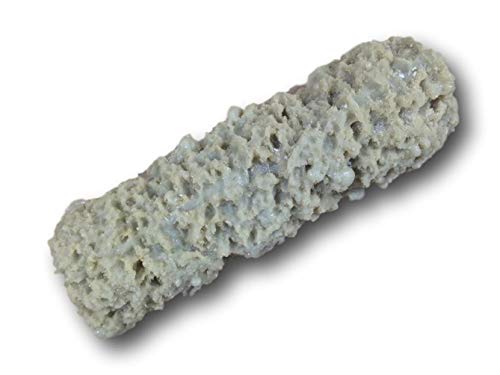Elizabeth N.
Herder of cats
Ahhhh okay. Thanks Joanne, and Dr. Roslin, for clarifying!
I'd like to know how the Loop Non-DS was explained to the patients.
I'd like to know how the Loop Non-DS was explained to the patients.

Well, I am no anatomy expert, but how is the duodenum switched in this procedure? The name seems misleading to me. Can anybody clarify that point?'
THAT name makes me laugh





Thanks Joanne! Now we know, and we also know more about his role there.
To EN, I think the loop-DS really still is a DS, just without the RNY configuration. It still has the sleeve gastrectomy, and still has bypassing of a lot of the small intestine, the difference is only in how the bypassing is done. Is it as good as the tried and true DS? Better? Worse? I have no idea. for myself, I'm glad I had the same DS that the longterm studies by Hess and others documented as so effective. On the other hand, at some point someone took a good look at the old Scopinaro procedure and realized that it could be improved upon, or we wouldn't have our present day DS. If we only do the same thing over and over, medicine will never advance. I do think it's important, though, for patients to understand what they are having done and why. I think this is more of a problem with ERNY, with surgeons telling patients that it's "just like the DS" or words to that effect. It isn't. As long as there is honesty and informed discussion, I think surgeons are on safe ground.
In contrast, with the SADI, there will be complete digetstion for the entire 250 cm of the part of the small intestine from the duodenal-ileal anastomosis. All three - protein, carbs and fat - will likely be quite well absorbed, well over 60% of all of them, and probably more as the alimentary tract adapts to the short bowel. Yes, there will be less fat soluble vitamin malabsorption, but SADI patients will not get nearly the "fat is your friend" benefits that we do. Just as proximal RNYers eventually lose almost all caloric malabsorption, I would bet SADIers (and they will be very saddy) will have to diet to maintain weight loss after a few years.
Those are my predictions.